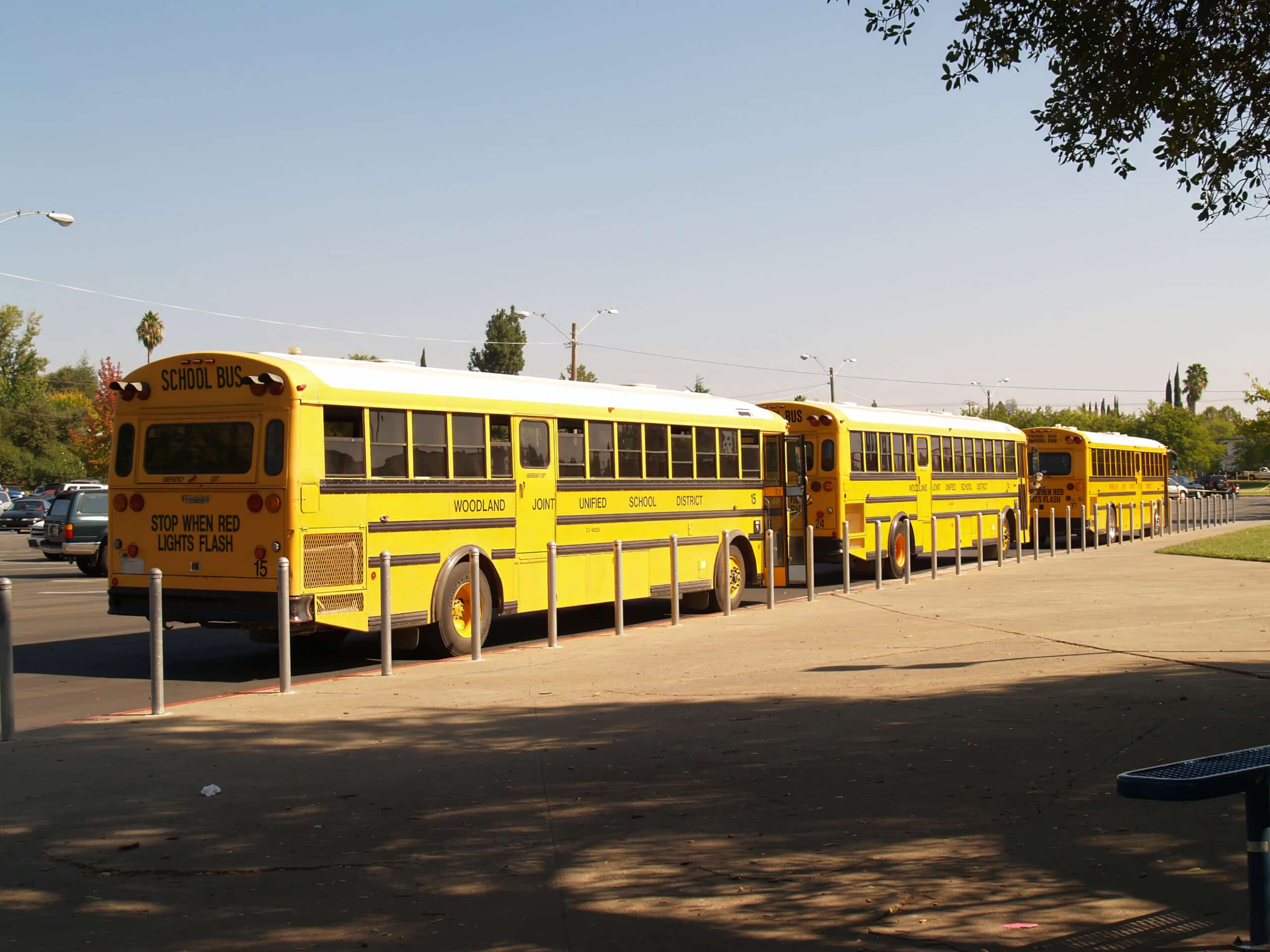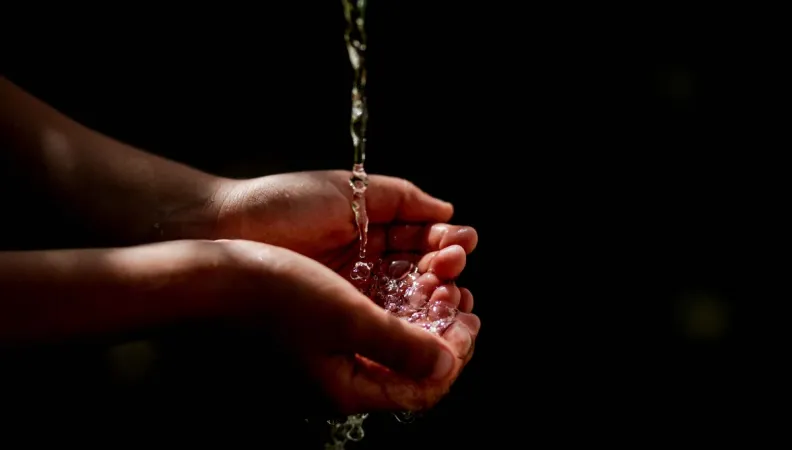California conservation efforts have raised Lake Mead by 16-feet in two years, regulators say
California’s water conservation efforts have added over 1.2 million acre-feet of water to Lake Mead since 2022, raising its levels by 16 feet and offering temporary stability amid ongoing negotiations over the Colorado River’s water-sharing future. This progress highlights California’s leadership in addressing the river’s crisis through measures like land-fallowing, turf replacement, and urban water efficiency. Together with Nevada and Arizona, the state has helped boost Lake Mead’s elevation by nearly 20 feet compared to two years ago, demonstrating a collaborative approach to safeguarding water resources in the face of climate challenges.

Water users in California have conserved enough water since 2022 to raise Lake Mead water levels by 16 feet — an effort that has provided temporary stability to the Nevada reservoir, as western states negotiate how to split the Colorado River’s dwindling water supply over the next decade.
Conservation measures implemented by California water regulators have collectively added more than 1.2 million acre-feet of water — the equivalent of 16 feet — to Lake Mead’s water storage, according to the Colorado River Board of California.
The Colorado River Board of California highlighted the state’s conservation progress during the annual Colorado River Water Users Association’s conference in Las Vegas Wednesday.
Commissioner Camille Calimlim Touton with the U.S. Bureau of Reclamation — the federal agency that manages the Colorado River basin — said “California has been an incredible partner” in the federal government’s efforts to stabilize the Colorado River.
“The conservation that California is contributing to the river is unprecedented. It is an example of what needs to happen in the river. It’s all of us together. It’s agriculture, it’s tribal nations, it’s municipalities,” Touton said.
After federal officials gave western states an ultimatum in 2022 to either voluntarily reduce water use, or be forced to by the federal government, several states agreed to voluntarily cut use.
Nevada, Arizona, and California committed to collectively reduce water use by at least 3 million acre-feet through the end of 2026, when the Colorado River’s current water management rules are set to expire.
The temporary water savings measure was implemented to balance the Colorado River while the seven states that rely on the river — Arizona, California, Nevada, Colorado, New Mexico, Utah, and Wyoming — work with the federal government on a new long-term water sharing agreement.
California water agencies took the largest water cuts, committing to conserve 1.6 million acre feet of water in Lake Mead by 2026.
As of December, the state has reached about three-fourths of its water saving commitments ahead of the 2026 deadline – with 500,000 acre-feet of water conserved in 2024 and 700,000 acre-feet saved in 2023.
Together, Nevada, Arizona, and California have managed to increase water elevation in Lake Mead by nearly 20 feet compared to two years ago, and conserved more water in 2023 than any previous year since 1984. Lake Mead still has a long way to full recovery, sitting at 33% capacity as of Wednesday.
California water regulators argued that their efforts have not only improved levels in Lake Mead, but also reduced downstream water releases from the troubled Lake Powell reservoir, which serves Colorado, New Mexico, Utah, and Wyoming.
Western states along the Colorado River have been split into two camps for months over how to manage the river after 2026: Arizona, California, and Nevada in the lower basin; and Colorado, New Mexico, Utah and Wyoming in the upper basin.
“Every user, sector, state, and basin must do their part to protect this river. No one has shown that more than California’s cities, farms, and tribes,” said JB Hamby, chairman of the Colorado River Board of California and Colorado River Commissioner for California.
“Actions speak louder than words, and we are proud to lead by example on the river,” Hamby continued.
Last month, the Bureau of Reclamation finally offered the clashing states four different management options for the river’s post-2026 operations agreement. The Reclamation proposals will serve as the foundation of new water management rules to replace the current ones.
California water savings over the past two years were produced through on-farm conservation programs, temporary and seasonal land-fallowing programs, curtailment of replenishment water for groundwater basins, turf replacement programs, and urban water efficiency efforts.
“Mother Nature provided us a helping hand over the last couple of years,” said Jim Madaffar, the vice chair of the Colorado River Board of California.
Robust water years gave the state time to establish the collaborations and partnerships needed to conserve water for Lake Mead, said Madaffar.
“We know we still face challenges on the river due to drought in our changing climate, but the collaborations that you’ve seen really provide a benchmark for how we’re moving forward to ensure that the river continues to serve all users,” Madaffar continued.
What is Your Reaction?
 Like
0
Like
0
 Dislike
0
Dislike
0
 Love
0
Love
0
 Funny
0
Funny
0
 Angry
0
Angry
0
 Sad
0
Sad
0
 Wow
0
Wow
0









































































